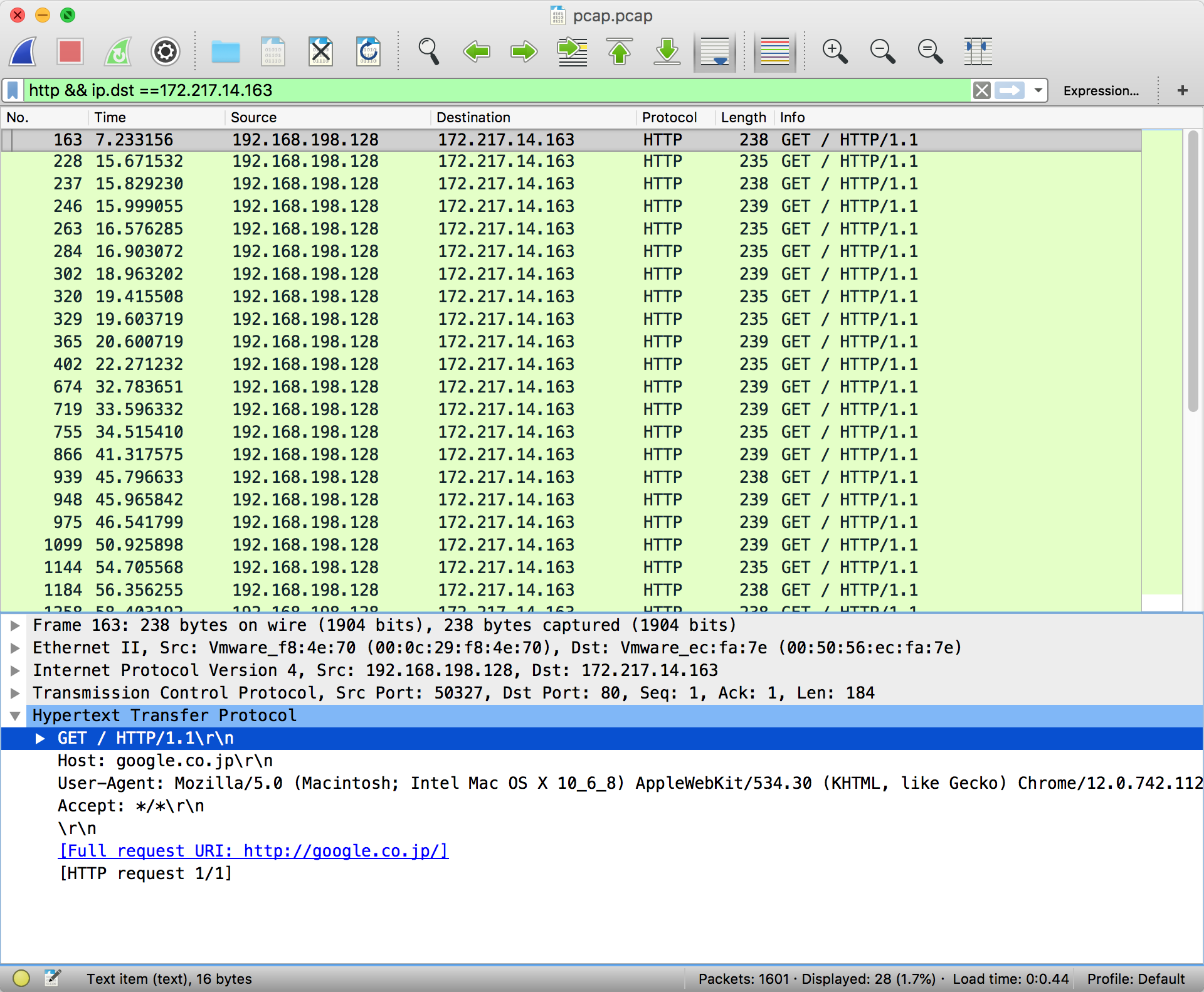


The request and response displays as clear text.Right click on the stream of the packets and select Follow SSL Stream, as shown below.If you get error run on your key file the following openssl command and try again: Password: The certificate’s password (optional) Key file: The certificate in pkcs format Click Edit and configure the parameters as follows:.In the Wireshark application, select Edit > Preferences > Protocols > TLS > RSA keys list.Radware has no duty and it expressly disclaims any duty to provide support to any of these tools. Radware expressly disclaims any and all representations, warranties and liabilities regarding your use (or attempted use) and/or operation of any of these tools. Note: The suggested third-party tools are provided 'as-is' for your use at your own risk and without any indemnity or warranty of any kind, whether expressed, implied, statutory, or otherwise. If you are capturing a proxy (for example, AppWall Web Application Firewall) and the proxy and the target Web server certificates are different, use the private key of the target (either proxy or Web server) that you want to decrypt.The capture must include the full client and server exchange (the CLIENTHELLO, with Session-ID=0 as part of target SSL session stream and SERVERHELLO exchange) symmetric traffic.The private key file should only contain the private key, as shown in the following example:Ĭccccccccccccccccccccccccccccccccccccccccc.(Otherwise, use OpenSSL to convert it to the supported format.)

The private key file must be in the PEM or PKCS12 format.The private key used to encrypt the data must be available on the system running Wireshark.


 0 kommentar(er)
0 kommentar(er)
